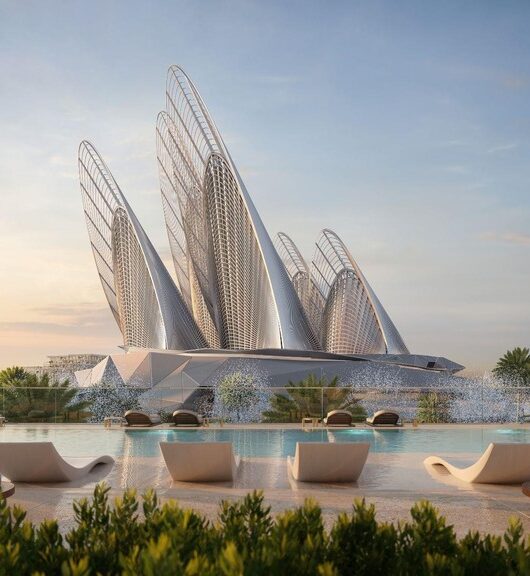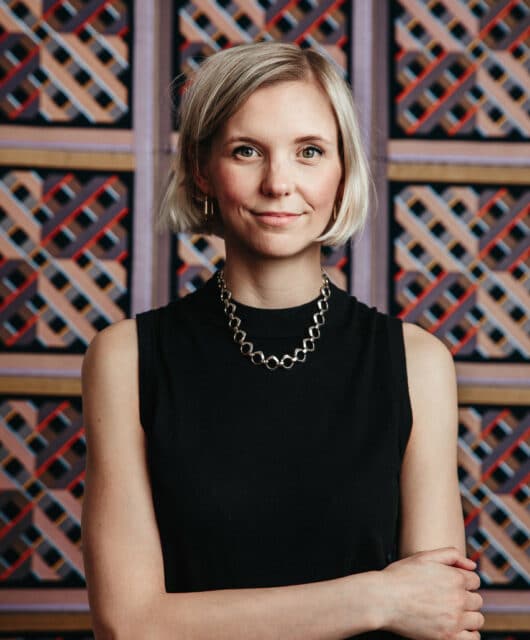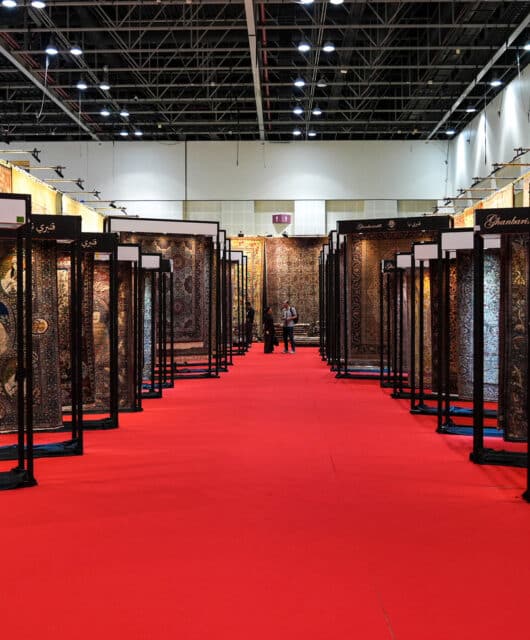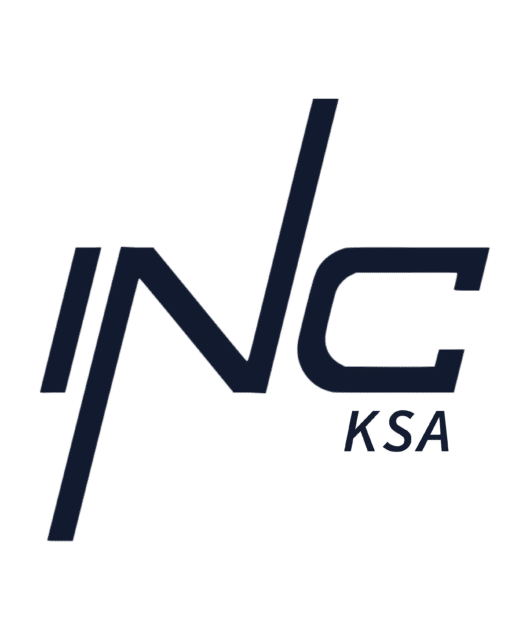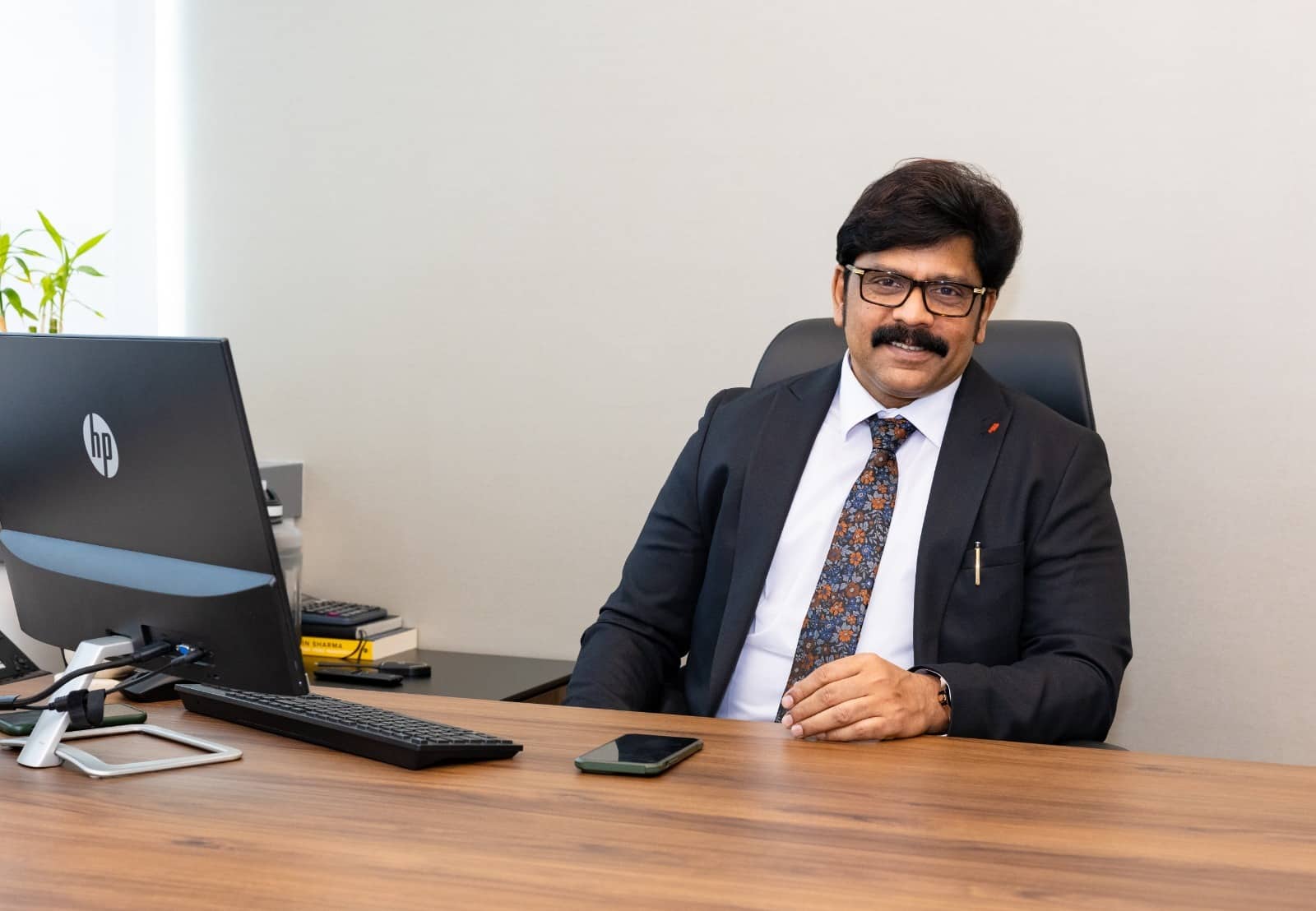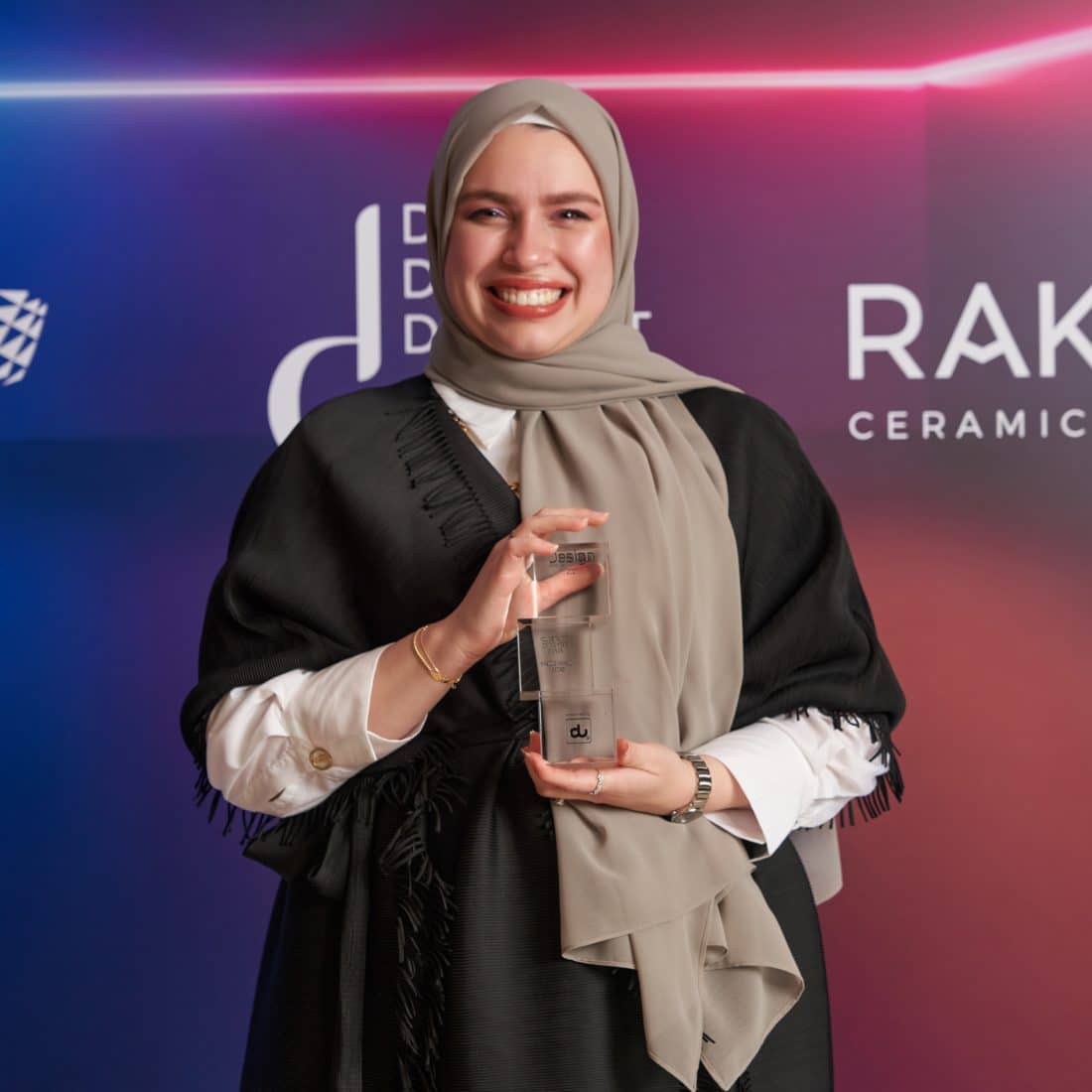 Khadije Hamad, associate architect at AEDAS and winner of the Young Talent of the Year at the Design Middle East Awards 2021, on how women need to mentor, encourage, and uplift one another, her aspirations, and technical breakthroughs in design.
Khadije Hamad, associate architect at AEDAS and winner of the Young Talent of the Year at the Design Middle East Awards 2021, on how women need to mentor, encourage, and uplift one another, her aspirations, and technical breakthroughs in design.
What do you love most about working in architecture?
I enjoy creativity and the freedom to think. It is not just a job; the built environment affects how people think and every aspect of their life. I believe that the creative and problem-solving skills of architects allow us to excel in many fields and help us in achieving personal goals.
Where do you find your creativity and inspiration?
I study the past and the history of cities and cultures. Most of the inspiring projects I have been involved in have required extensive research about the past and about the heritage of the city, especially the history of the UAE. I am very keen to learn as much as possible from the past. One of the main things I learned at Aedas was how to translate ideas from the past into ideas for the present and the future. One of my personal projects at the start of the pandemic in 2020, inspired me to transform the traditional burqa into a face unique and fashionable face mask.
Do you see architecture changing because of the COVID-19 pandemic?
Of course, it has already changed drastically. We never imagined that architects could work from home. We have successfully completed projects while working remotely. The technology allows us to collaborate with amazing talents across the world without limitations. This approach has proved to be very effective.
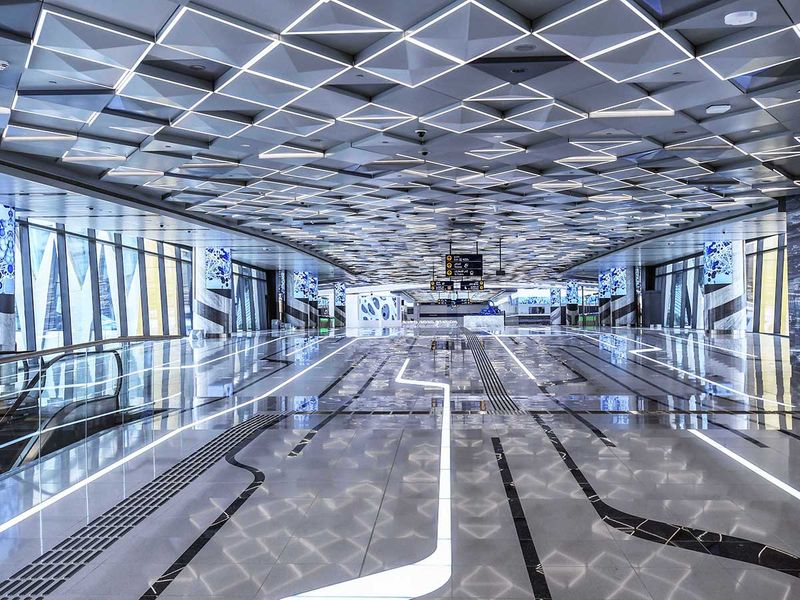
What new technologies are you most excited about?
There are many exciting new trends in technology, such as AI, generative design, and also VR and AR. However, I am more interested in soft skills and communication skills. I truly believe that designing buildings is easy and that communication is the real challenge, and that is what we need to work on.
How do you see architecture evolving in general in the next several years?
Architecture is the solution to many issues such as climate change, urban sprawl, and many more. Therefore, architecture will have to be innovative in the materials used and the design of buildings. Sustainability, carbon footprint, price, and innovation all now have to be considered by architects when choosing building materials and in an early design stage.
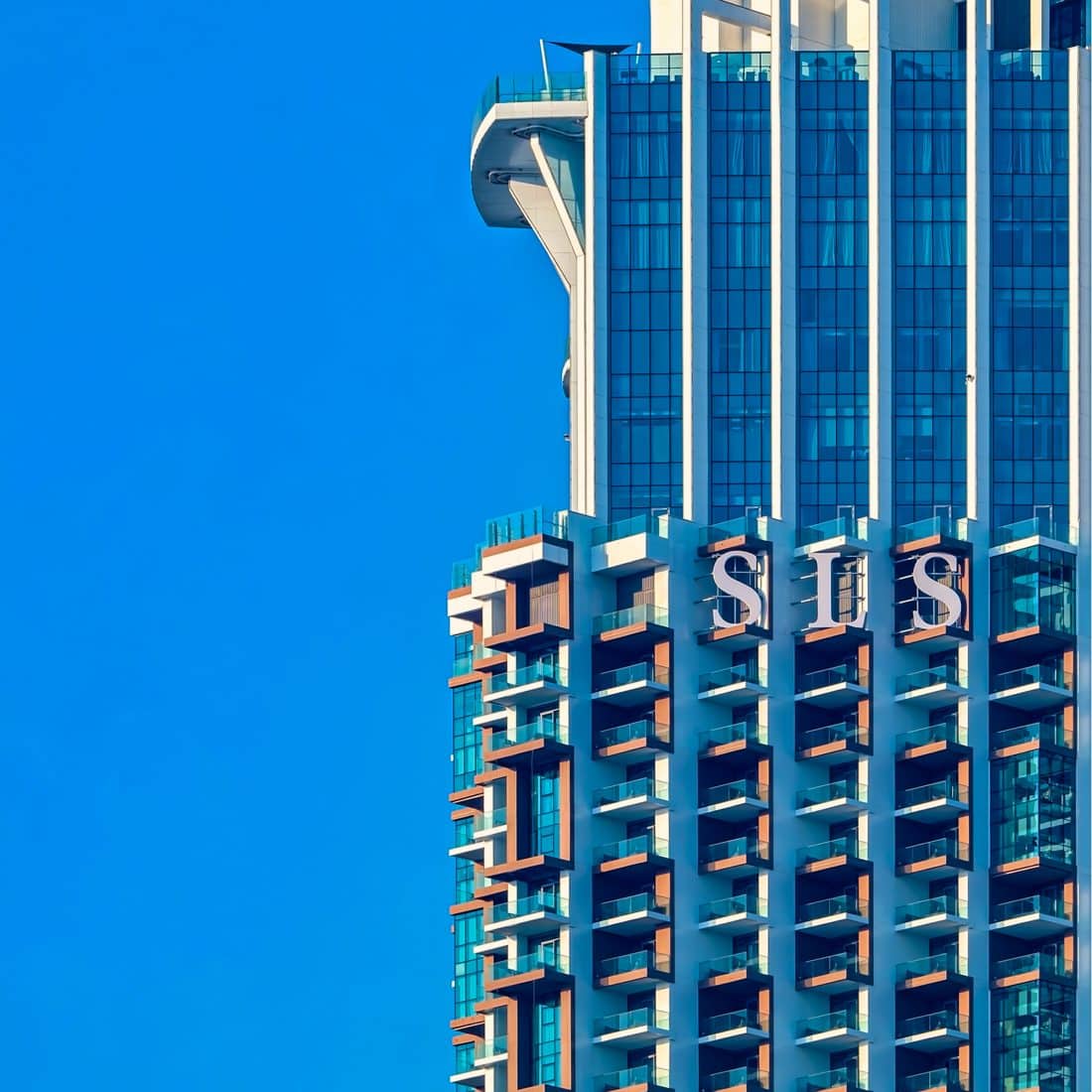
What misconceptions do you think people have about women working in architecture? What can be done to change this and uplift them in this field?
I have noticed how women are not sufficiently recognised in large international firms. It seems that the biggest misconception is that women are expected to have either a family or a career but not both. My goal is to prove that women are resilient and capable of balancing their work and personal life. By working smart and supporting each other, we can have both a loving family and a successful career. It really upsets me when I attend large meetings and only a few women are present. We need to empower young women to fight back and take their rightful place in architectural practices.
Can you tell us about any special projects you are working on that exemplify innovation?
Every project is unique. Each one is a new challenge and a journey. One of our recently completed projects was the interior design for the Expo Metro Station. It was a great challenge and, of course, the design brief was to deliver a unique futuristic design that reflects Dubai’s vision of the future. Therefore, it was a great pleasure being part of such a successful project and part of a great design team.
What would be your dream commission?
It would be a project that benefits the local community and sets the standard for young architects. Most importantly, however, my dream is to be able to continue in this field while fighting all the stigma and balancing my family life, and my career path.


